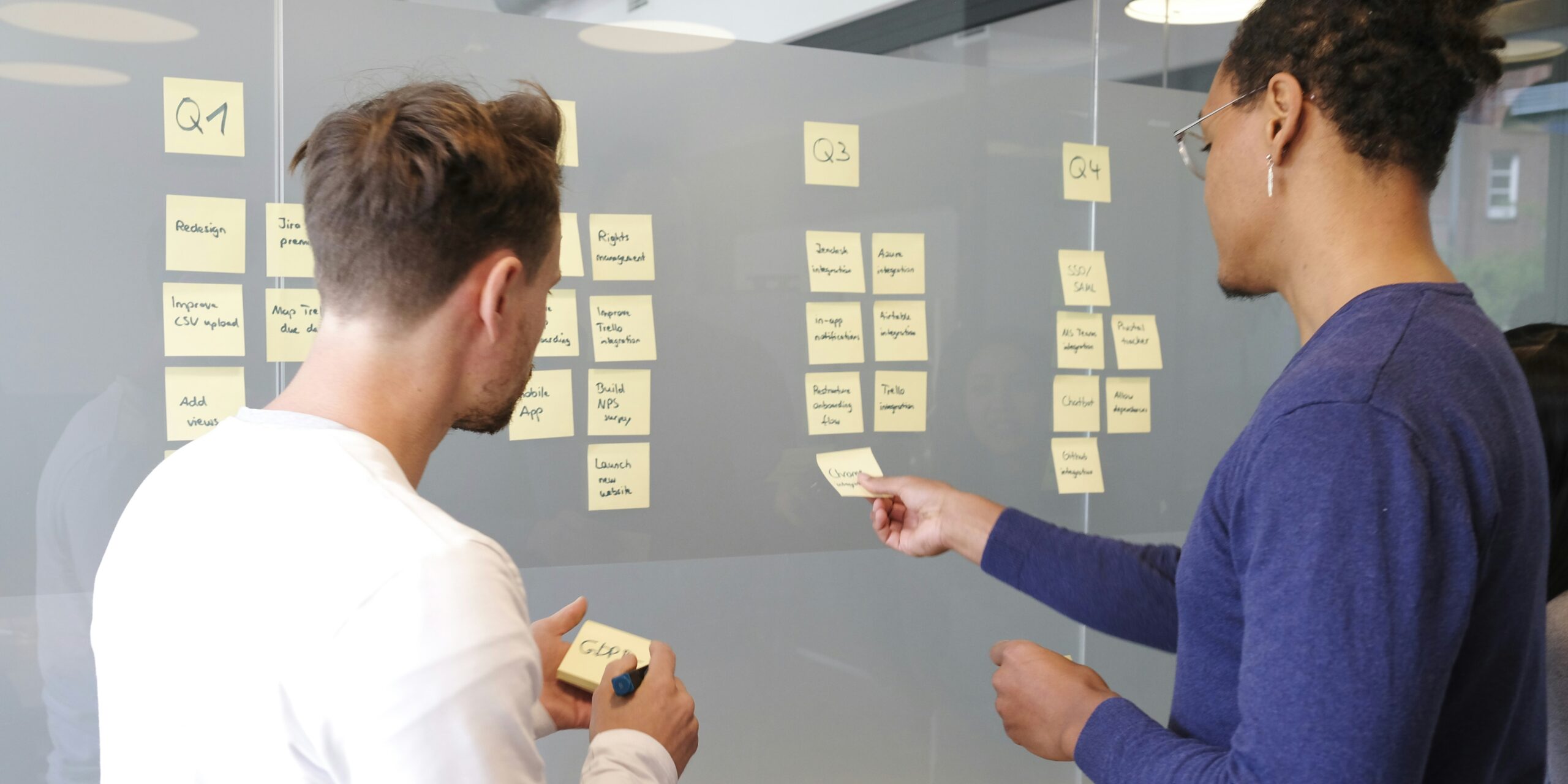Imagine a world where every learner, no matter their background or personal circumstances, feels welcomed, engaged, and understood in their learning environment. In today’s globalized workforce, a culturally inclusive learning environment is not just a theoretical concept — it’s a necessity to drive success in organizations worldwide.
Why Culturally Inclusive Learning Environments Matter
As the world becomes more interconnected, organizations increasingly rely on diverse teams to drive innovation and growth. Culturally inclusive learning environments not only promote a sense of belonging for all learners but also foster creativity, collaboration, and higher performance. A generic L&D professional notes, “An inclusive learning program allows everyone to bring their unique perspectives and experiences to the table, leading to more well-rounded and successful teams.”
Key Elements of Designing Culturally Inclusive Learning Environments
Creating a truly inclusive learning environment takes intentional effort and thoughtful design. Here are four key elements to consider when designing your learning program:
1. Adaptable Content and Delivery
Offering a variety of formats and delivery methods ensures that learners with different preferences and needs have equal opportunities to learn. This might include accommodating different time zones, offering live sessions, and providing self-paced learning options. “In our global organization, we have employees from different cultures who speak various languages. Offering learning content in multiple languages and formats has been crucial for our workforce engagement,” says an L&D professional.
2. Consideration of Cultural Differences
It’s essential to tailor your learning content to the unique cultural context of your learners. This includes being sensitive to the differences in communication styles, norms, and values. Incorporating localized examples and addressing cultural biases can make your content more relatable and relevant.
3. Representation and Accessibility
Ensure that your learning materials represent the diversity of your learners, including images, examples, and case studies. Additionally, make your content accessible to learners with disabilities by following accessibility guidelines and providing alternative formats if needed.
4. Continuous Improvement and Feedback
Regularly gather feedback from your learners to identify areas of improvement and monitor the effectiveness of your inclusivity efforts. Use the insights gained to refine your learning program and make it more inclusive over time.
How Learnexus Can Help
Learnexus is an all-in-one freelancer marketplace for Learning & Development, offering a 47% cost saving and eliminating procurement issues with a single master services agreement. By connecting you with highly skilled and experienced L&D professionals, Learnexus can help your organization design and implement culturally inclusive learning environments tailored to your unique needs. The result is a more engaged, high-performing workforce that drives innovation and success for your organization.




